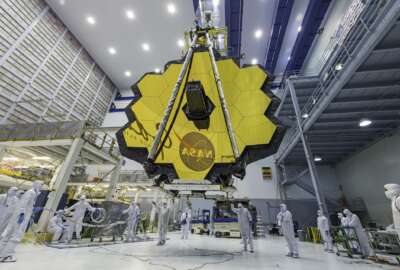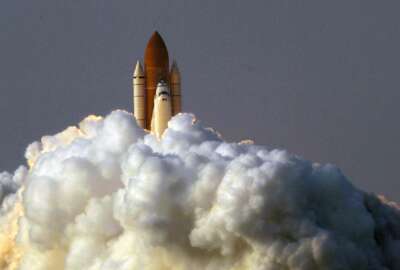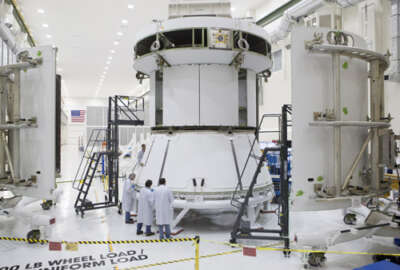
NASA’s next spacecraft a stepping stone for Mars mission
NASA is taking an incremental approach to a potential Mars mission, with the proposed 2020 launch of its new Space Launch System as the next step in space...
NASA is taking an incremental approach to a potential Mars mission, with the proposed 2020 launch of its new Space Launch System as the next step in space exploration. Made of refurbished, repurposed and updated equipment and designs from earlier eras in spaceflight, SLS will be used for missions that will use the moon as a proving ground for concepts that could facilitate a Mars Mission, said Bill Hill, deputy associate administrator for Exploration Systems Development.
In designing the SLS, NASA decided to make use of some RS-25 engines it had left over from the space shuttles. It will have four of these mounted at the base, at the core stage engine section, making it look similar to the Saturn V.
NASA already has contracts in place to reduce the costs of these engines by updating and replacing older concepts and obsolete parts. In some case, it’s using 3D printing to do so. NASA also has to add avionics to the core stage. In older models, all the electronics were in the orbiter. But now, with the focus on reusability for spacecraft, the core stage needs to be able to operate on its own.
Hill said the engines are currently undergoing structural testing.
Meanwhile, NASA turned to the Orion spacecraft, originally designed under last decade’s Constellation space program, for its orbiter. Originally designed for low-earth orbit, NASA is updating it for space exploration. Hill said the Orion is about the size of a large SUV, about 5 meters in diameter. That will be able to support a crew of four members, though that could potentially be raised to six, and will include a waste treatment area and a galley.
Currently, NASA is focused on updating the software and the avionics. When it’s finished, Hill said the Orion should be able to support 21 days in space. That’s important, because the SLS is intended to support the Gateway, a lunar orbit station based on the International Space Station that NASA intends as both a lunar research staging area and a proving ground for Mars mission concepts.
“As we build out the Gateway, we’ll be able to rendezvous and dock with the Gateway and spend even more time there,” Hill said on Agency in Focus – NASA.
NASA intends to build the Gateway with international and commercial partners, and use it and the SLS to conduct orbital experiments, and launch telerobotic explorations on the moon’s surface.
“There’s actually some areas of the moon that we really need to go take another look at, like the poles, to see if there really is ice there that could support a propellant economic development or an economic zone,” Hill told the Federal Drive with Tom Temin.
If it’s successful, NASA wants to duplicate the idea for Mars exploration. Originally, the plan was to design a transport that would carry people directly to Mars, Hill said. But now NASA is exploring the idea of a staging area in orbit around either Mars or one of its moons.
And to get that far will require another set of updates to the SLS. It will have to evolve a heavier weight capability, first to 100 metric tons, then to 130 metric tons, in order to deliver a payload to Mars. It would also need an upper stage, Hill said.
Copyright © 2025 Federal News Network. All rights reserved. This website is not intended for users located within the European Economic Area.
Daisy Thornton is Federal News Network’s digital managing editor. In addition to her editing responsibilities, she covers federal management, workforce and technology issues. She is also the commentary editor; email her your letters to the editor and pitches for contributed bylines.
Follow @dthorntonWFED





